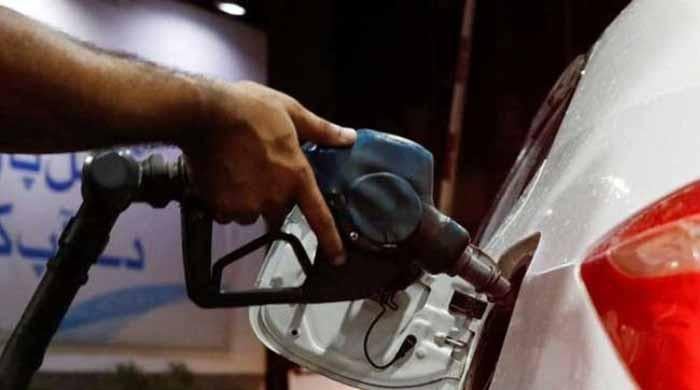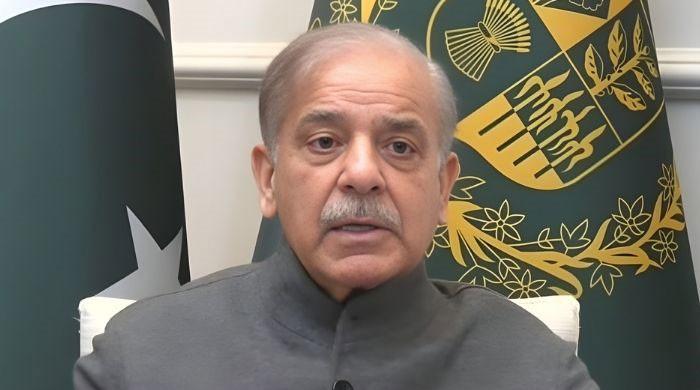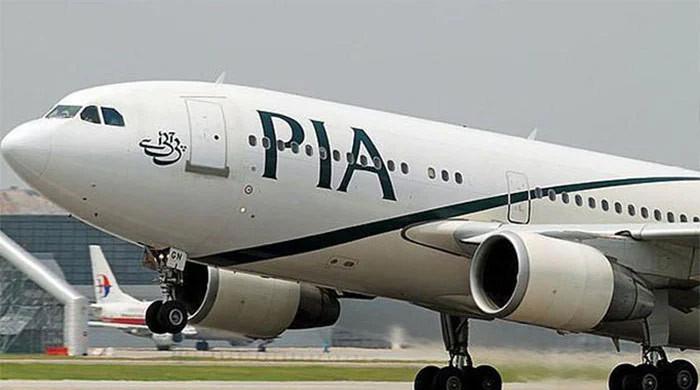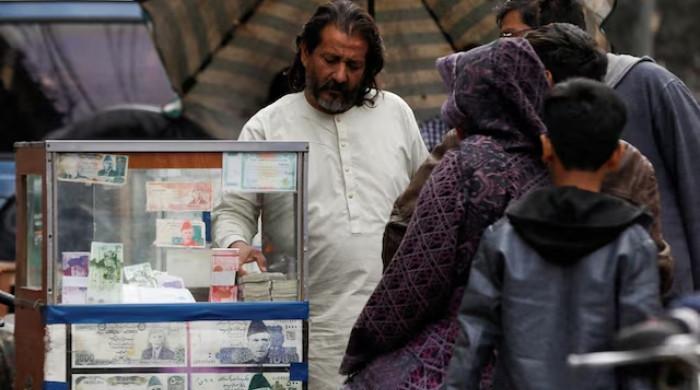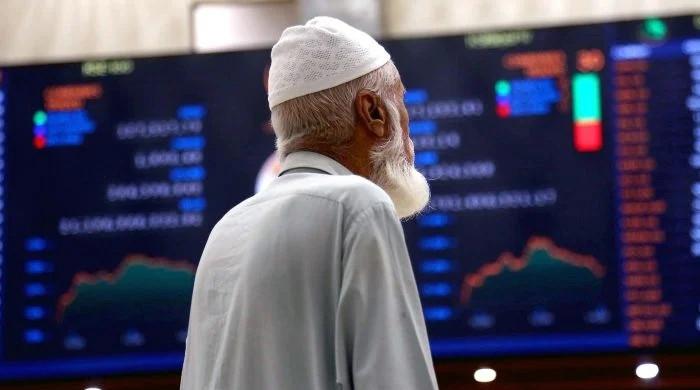Rupee hits historic low as govt cuts exchange rate strings to woo IMF
Rupee posts its biggest single-day decline in more than two decades to close at 255.43 against US dollar
January 26, 2023
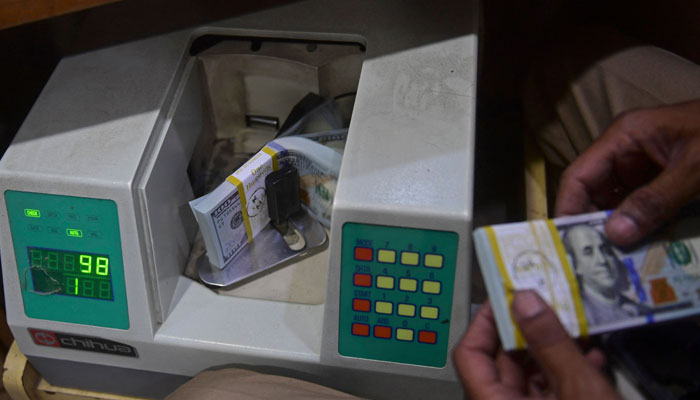
- Rupee posts its biggest single-day decline in more than two decades.
- Local unit closes at 255.43 against greenback in interbank market.
- In open market, rupee settles at 262 compared to 240 a day earlier.
Pakistan's rupee posted its biggest single-day decline in more than two decades, after rapidly depleting foreign exchange reserves and an unyielding International Monetary Fund (IMF) forced the government to relax its grip on the currency.
Following the government's decision to end its control over the rupee-dollar exchange rate as part of the International Monetary Fund (IMF) condition, the currency slid 9.61%, or Rs24.5, to a record low of 255.43 against the US dollar compared to Wednesday's close of Rs230.89.
The over 9% decline was its highest since October 30, 1999, when the currency slumped 9.4%.
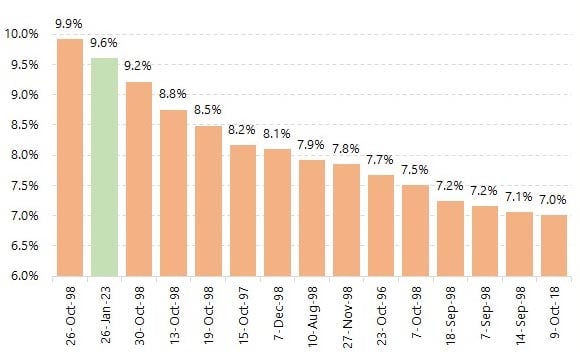
“SBP is seemingly adjusting the exchange rate to the market rate — closer to open market to address the widening difference between the official and open market rate and to curb the flow of dollars through the informal market,” said Saad Ali, capital market expert.
The central bank had imposed a tight 227-230 range against the dollar for the currency since September to rein in Pakistan’s depleting foreign exchange reserves.
Under the four major conditions laid forth by the lender of the last resort for Pakistan's loan tranche pending since September the IMF had asked Islamabad to let the market forces determine the exchange rate.
The local unit last plunged to its all-time low of 239.94 on July 28, 2022 following which the currency recovered as Ishaq Dar assumed charge as the finance minister replacing his predecessor Miftah Ismail.
Meanwhile, the rupee dropped to 262 against the greenback in the open market, after depreciating Rs21, data released by Exchange Companies Association of Pakistan (ECAP) showed.
Ali further mentioned that the government's decision to let the currency rate be determined by the market is an "important step" to ensure the resumption of the IMF's Extended Fund Facility (EFF) programme.
PTI blasts Dar
Pakistan Tehreek-e-Insaf (PTI) Secretary-General Asad Umar slammed finmin Dar over his “false ego” which, according to him, dealt a massive blow to the national economy.
“Those, who were claiming to bring down the dollar below 200, they have pushed it above 240,” he said.
“Loss of billions of dollars in remittances and exports, thousands of businesses destroyed, and millions of people unemployed due to the false ego. Who will take responsibility for this disaster?”
Meanwhile, Ministry of Finance’s former adviser Dr Khaqan Hassan Najeeb said that it was the “right move” to let the market forces adjust the rupee’s value as the country was facing a “severe dollar liquidity crunch, scarce reserves, as well as Pakistan's need for moving ahead with the IMF”.
“Pakistan is in a market-determined exchange rate regime. In this regime trade deficit, supply and demand factors, fundamentals of the economy make a lot of impact on currency changes,” the financial expert told Geo.tv.
Dr Najeeb further said that the closing of the gap between market rates and interbank will force “remittances to move to formal channels as well as exporters to offload their receipts”.
“This may help ease the supply of dollars in the interbank,” explained the former adviser.




